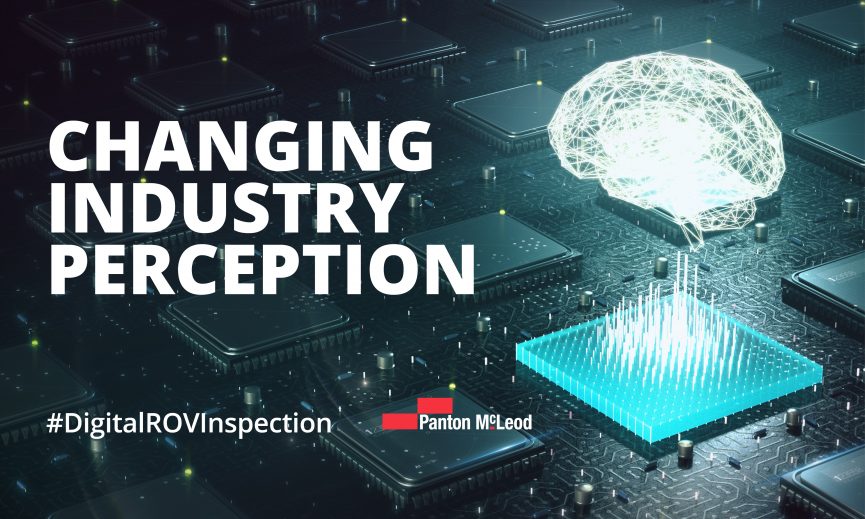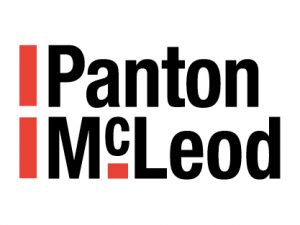‘It does not have to represent a huge transformation for water companies, nor indeed require millions of new investment, as AI technology combined with digital twinning can be delivered as a straight-forward bolt-on to everyday processes which are already the norm in the UK water industry.’
Jim Panton, our CEO explores and demystifies the role of Artificial Intelligence in the water industry, particularly focusing on how water companies can translate existing processes and technologies, partnered with new software, to reduce asset failure across the network.
I walked away from two catastrophic helicopter crashes.
As long as twenty-five years ago, as a qualified helicopter pilot with the British Armed Forces, I suffered 2 critical incidents, where failures (on my part in this case) led to catastrophic crashes. One was the un-noticed build up of ice on the aircraft that eventually led to it dropping out of the sky like… well, like a lump of ice. The other was a very risky manoeuvre, pulled in an attempt to dive out of heavy clouds… right into the side of a mountain.
Luckily for me, rather than significant injury or worse and immense cost, it was only my ego and pride that were severely dented as both events took place in a full motion simulator! Even further back – in April 1970, during the incredible Apollo 13 mission and rescue, Ken Mattingley, the mistakenly grounded Command Module Pilot painstakingly ran repeated scenarios in the simulator to develop the methodology for optimum power conservation during the wounded ship’s re-entry and recovery.
Essentially, trialling things in a virtual environment before trialling them in a real environment is nothing new, but with the advances in Artificial Intelligence and Digital Twinning, significant opportunities are developing for UK water companies to combine existing everyday processes with new technology to improve their asset optimisation and reduce the risk of asset failure.
For the Industrial Internet of Things (IoT), predictive maintenance of machinery and equipment is the first application demonstrating wide commercial acceptance. In Brazil, tractor manufacturer Stara is using uses digital twins to modernize farming. By outfitting its tractors with IoT sensors, the company can increase equipment performance. With real-time visibility into how its tractors operate, Stara can proactively prevent equipment malfunctions and improve asset uptime. They also launched a profitable new service that provides farmers with real-time insight detailing the optimal conditions for planting crops and improving farm yield. Farmers have reduced seed use by 21% and fertilizer use by 19% thanks to Stara’s guidance. (Source, Digitalist Magazine, June 2018)
Digital Twins
The digital twin combines an industrial asset’s digital and operational data with a software platform, simulation and analytics to gain insight into present and future operations. The result is improved output, reduced costs and accelerated innovation.
A digital twin begins with a basic model that describes the asset, a simulation model that predicts expected behaviour based on physics algorithms, or recommendations from analytics created using machine-learning techniques. The model also can include service logs of maintenance, and defect and solution details, capturing the entire life cycle of the asset.
Digital twins provide accurate operational pictures of assets. There is a significant business value in identifying underutilised devices, so analysing twin information can lead to optimal usage. By predicting potential problems, operators can schedule maintenance to minimise service disruption. Once the information is codified across a system of assets, the team can take that knowledge and turn it into actions that will obtain the desired outcomes.
Building a twin model at the outset is the key to creating a rich set of applications that produce asset-related outcomes. A full-featured twin makes it easier to develop and deploy applications later. The physics, analytics and simulation information within the model paves the way for machine learning. Many digital twins linked together produce a mass of actionable industrial knowledge.
The latest IIoT challenge is how to make such sophisticated technology user-friendly so end-users, such as engineers and asset managers, but not programmers, can solve business problems.
The Future
Although digital twins can be practically applied in most industries, saving companies millions of pounds by bringing together data, simulation, platform, cloud-based functions and machine learning, it does not have to represent a huge transformation for water companies, nor indeed require any huge investment, as AI technology combined with digital twinning can be delivered as a bolt-on to everyday processes which are already the norm in the UK water industry.
Have a read of our case study, which showcases a new partnership between ourselves and Australian Abyss Solutions, which simply uses existing Underwater ROV surveys, including an option for converting the HD video into interactive surveys and digital twin models with AI and machine learning that accurately replicate physical assets.
For more information, contact the team on 01896 663 330 or email info@pantonmcleod.co.uk
Keep up to date with all our latest news via Twitter. Follow us at Panton McLeod
Read it in the Institute of Water Journal here!


